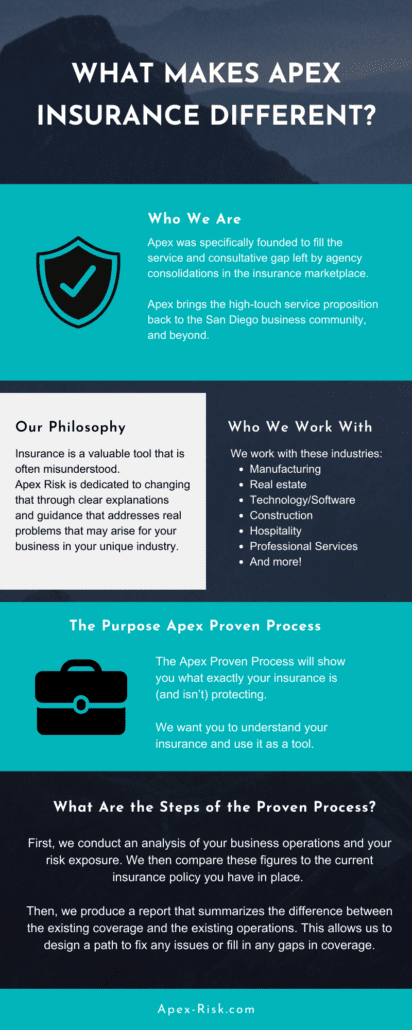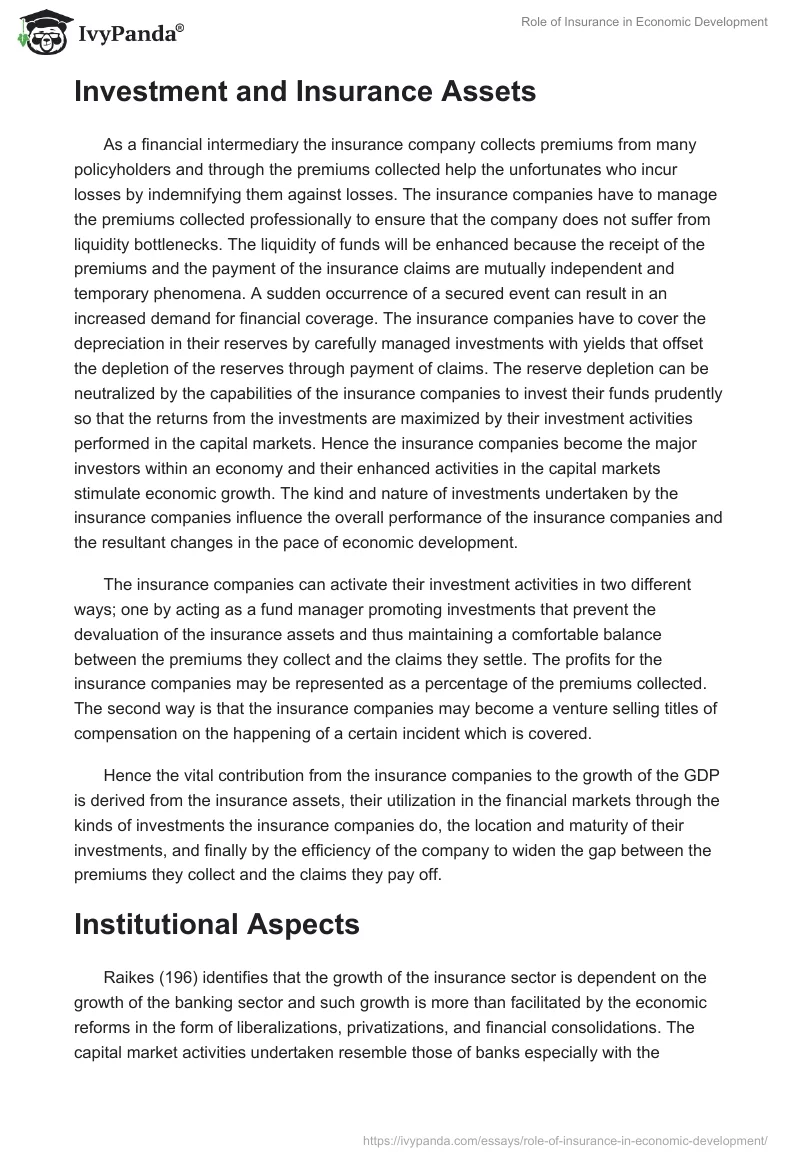See This Report about Pacific Prime
See This Report about Pacific Prime
Blog Article
Pacific Prime Things To Know Before You Get This
Table of ContentsPacific Prime - TruthsThe Of Pacific PrimeUnknown Facts About Pacific PrimeThe Definitive Guide for Pacific Prime
In a lot of states, the insurer is needed to send you a duplicate of the adjustments to your plan. It is important that you read Endorsements or Riders so you comprehend exactly how your policy has changed and if the policy is still adequate to meet your needs. To get a duplicate of your insurance coverage plan, please contact your insurance policy representative or business.
The Institute of Medicine (IOM) Committee on the Effects of Uninsurance launches an extensive examination of proof that addresses the value of medical insurance coverage with the magazine of this record. Protection Matters is the first in a collection of 6 reports that will be released over the following two years recording the fact and repercussions of having actually an estimated 40 million individuals in the United States without medical insurance coverage.

Not known Facts About Pacific Prime
The goal of this series of researches is to refocus policy interest on a historical issue. Adhering to the longest financial development in American history, in 1999, an estimated one out of every 6 Americans32 million grownups under the age of 65 and more than 10 million childrenremains uninsured (Mills, 2000).

Ten percent of the population represent 70 percent of wellness care expenditures, a relationship that has stayed consistent over the previous three decades (Berk and Monheit, 2001) - group insurance plans. Thus medical insurance continues to offer the feature of spreading danger also as it increasingly finances regular care. From the point of view of wellness treatment carriers, insurance brought by their clients assists safeguard an income stream, and communities take advantage of financially practical and steady healthcare professionals and institutions
Federal government offers medical insurance to populations whom the private market may not offer successfully, such as handicapped and elderly persons, and populaces whose accessibility to wellness treatment is socially valued, such as children and expectant females. The ultimate ends of health insurance protection for the private and communities, including workplace neighborhoods of employees and companies, are enhanced health outcomes and high quality of life.
Getting My Pacific Prime To Work
Employees rate medical insurance first by much in importance amongst all the benefits supplied in the workplace (Salisbury, 2001). There have been large financial investments of personal and public funds to supply health insurance coverage, many people still have no insurance coverage. Despite extensive reporting of study searchings for and health and wellness treatment research results, the general public continues to be confused and misinformed concerning Americans without medical insurance and the effects of lacking coverage.

Without doubt, the complexity of American wellness treatment financing mechanisms and the riches of resources of details add to the public's complication and suspicion regarding medical insurance data and their interpretation. This report and those that will comply with objective to he has a good point boil down and present in readily easy to understand terms the comprehensive study that bears upon questions of wellness insurance policy coverage and its relevance.
Fifty-seven percent of Americans surveyed in 1999 believed that those without medical insurance are "able to get the care they need from doctors and healthcare facilities" (Blendon et al., 1999, p. 207). In 1993, when national interest was concentrated on the issues of the uninsured and on pending health treatment legislation, just 43 percent of those polled held this belief (Blendon et al., 1999).

They likewise receive less precautionary solutions and are less most likely to have normal look after chronic problems such as hypertension and diabetes. Chronic illness can lead to expensive and disabling complications if they are not well handled (Lurie et al., 1984; Lurie et al., 1986; Ayanian et al., 2000). One nationwide study asked even more than 3,400 grownups about 15 highly serious or morbid conditions.
Excitement About Pacific Prime
Extra evidence exists later in this phase in the conversation of insurance coverage and access to wellness treatment. https://fliphtml5.com/homepage/odsej/pacificpr1me/. Individuals without wellness insurance coverage are young and healthy and pick to go without insurance coverage. Virtually fifty percent (43 percent) of those checked in 2000 believed that people without medical insurance are more probable to have illness than individuals with insurance policy
Voters and plan makers in emphasis team discussions identify those without insurance coverage as young individuals who have the chance to be covered and feel they do not require it (Porter Novelli, 2001). Contrasted to those with a minimum of some private insurance coverage, the uninsured are less most likely to report being in exceptional or great wellness (Agency for Medical Care Research and Top Quality, 2001).
RESOURCE: Facility for Cost and Funding Research Studies, Firm for Healthcare Research Study and Top quality, based on MEPS data. Young person in between 19 and 34 are much more likely to lack wellness insurance than any type of various other age team. This is chiefly due to the fact that they are less frequently qualified for employment-based insurance coverage because of the nature of their work or their brief period in it.
The perception that people without insurance coverage have better-than-average wellness adheres to from confusing the fairly young age account of the without insurance with the better health, typically, of younger persons. This obscures the link between health and wellness standing and medical insurance. For those without accessibility to work environment medical insurance, bad health and wellness is a possible obstacle to buying nongroup protection since such protection may be highly priced, exclude pre-existing problems, or be just not available.
Report this page